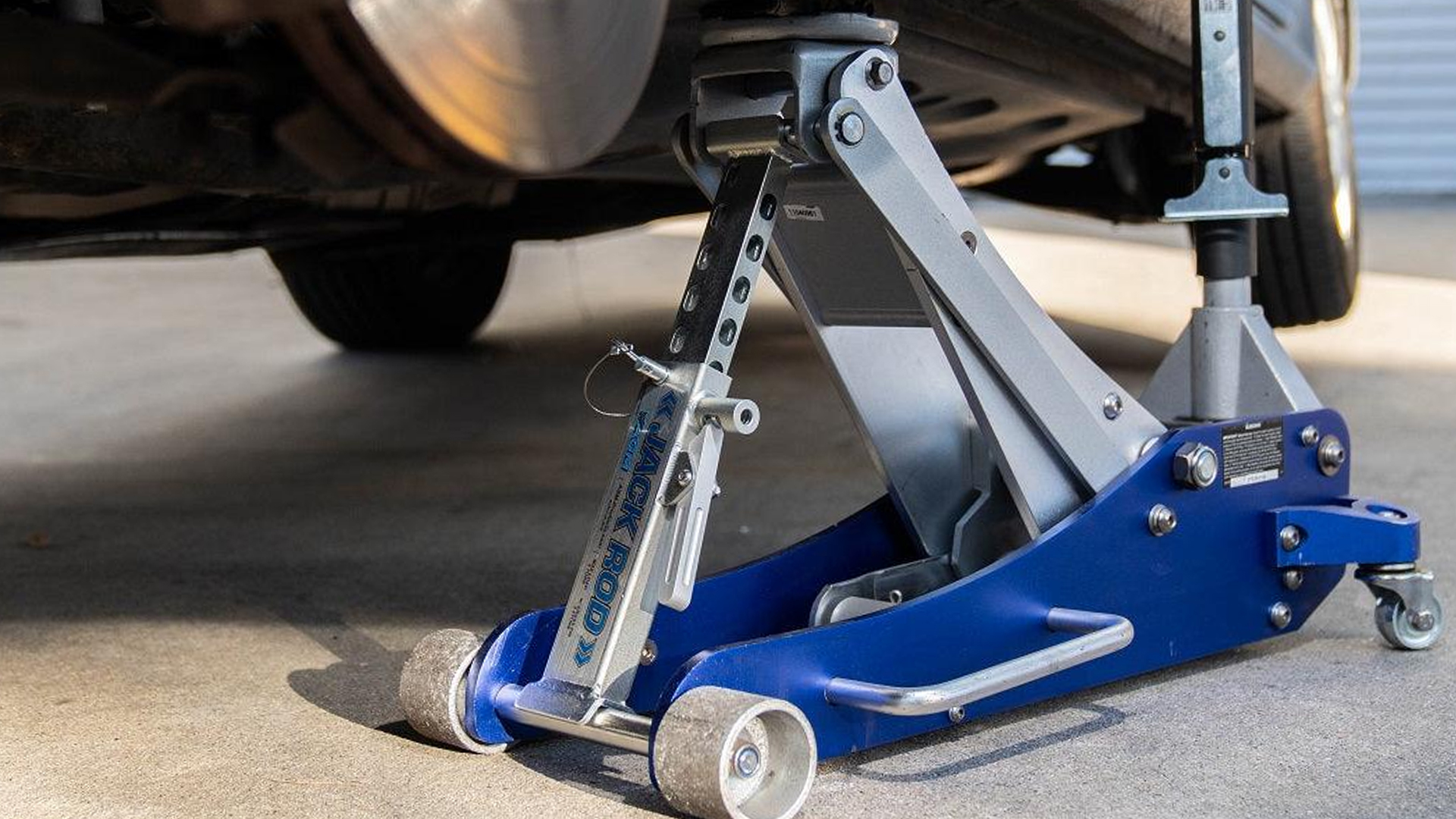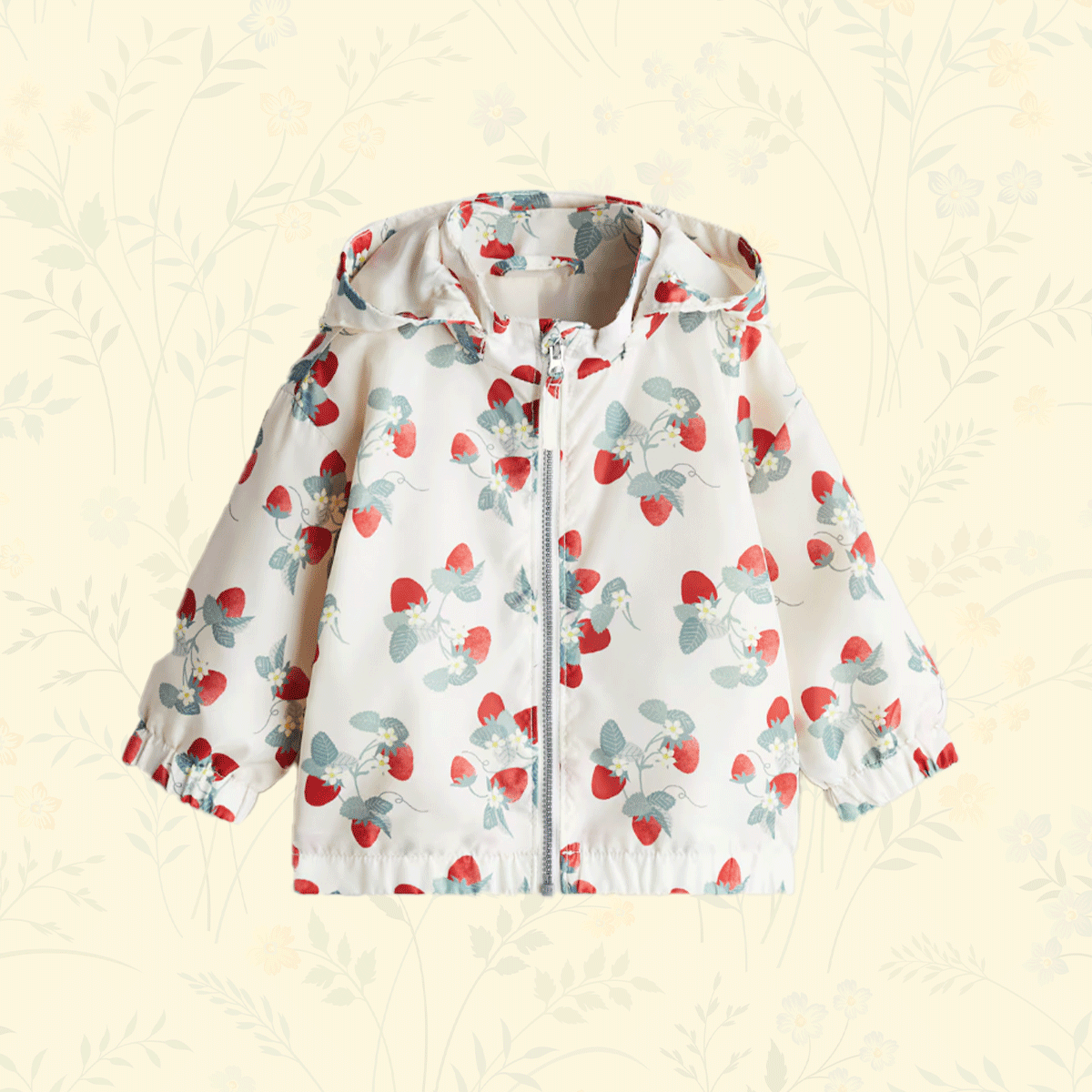5 Things You’re Forgetting to Clean (But Really Should)
These household items are harboring the most bacteria.


Eons ago, humans living in the wild were exposed to every germ nature could throw at them—mud, microbes, and whatever drifted around the communal waterhole. We’ve traded tree canopies for roofs, but the germs are still showing up, hiding in our household possessions.
We often overlook the dirtiest items in our homes because grime is invisible (think bacteria) or accumulates too gradually for us to notice. Another factor: our brains tend to tune out the appearance of familiar, everyday objects, in a phenomenon called attentional blindness. This means we’re least likely to scrutinize the things we touch the most, even as they become swamped by bacteria. [time-brightcove not-tgx=”true”]
Some argue that chronic immune conditions that plague modern humans stem in part from our tendency to avoid beneficial germs that would train the immune system to fight off pathogens. (This is called the hygiene hypothesis.) “There’s some truth to that,” says Kelly Reynolds, professor of environmental risk at the University of Arizona. “But we do need to reduce risk and exposure to bad bacteria that can drive sickness,” she says, including colds and skin infections.
Here, experts reveal which items in your house are harboring the most bacteria—and how to clean them.
Toothbrush
If you keep your toothbrush anywhere near your toilet, Michael Schmidt, professor of microbiology at the Medical University of South Carolina, has bad news: “you may as well be swirling it in the toilet water,” he says.
Toilets release a plume into the air when they’re flushed. This plume of unmentionables—okay, fecal-matter-laced particles—typically rises and spreads about one foot in every direction. However, older toilets that are less energy-efficient are borderline volcanic, spewing the particles six feet in every direction, Reynolds says.
If these microbes settle on your toothbrush, they can cause halitosis, Schmidt says—or as he puts it, “breath that could literally peel paint from the walls.”
Read More: 8 Ways to Respond to an Apology Besides ‘It’s OK’
Brushing with these microbes could also make you sick. “The human race has evolved with these creatures, and we can mostly resist them,” but those who are immunocompromised are more vulnerable, Schmidt explains. Reynolds, though, notes that the more you’re exposed to germs, the greater the chances of illness, even for people without vulnerabilities. Depending on the person, germ overload can cause fatigue, mild stomach upset, anxiety, or even neck aches, she says. “Whether it affects your quality of life is really an individual thing.”
Fortunately, it’s easy to thwart the toilet’s invasion of your toothbrush. Reynolds protects her toothbrush in a drawer. Or close the toilet lid before flushing; studies are mixed on this point, but some research suggests that it helps. “It eliminates the seat up, seat down argument,” says Melissa Maker, creator of the YouTube channel Clean My Space. “The rule is lid and seat down.”
And always dry your toothbrush with a (clean) towel after using it. Reynolds does so before placing it in the drawer. This prevents bacteria. “Drying is the great sterilizer,” Schmidt says.
Water bottle
The modern-day source of water for many people—their water bottle—may be just as germ-filled as our ancient ancestors’ go-to watering hole. When samples of reusable water bottles were analyzed by a lab, they contained 14 times the bacteria of a dog bowl, at least according to research by a water filter company.
Unless you take precautions, water is a breeding ground for germs, especially if it sits in your bottle for a while and bacteria are given time to multiply, Schmidt explains. Again, some simple habits can protect you. Fill up the bottle with clean water and a little soap, then shake and dump. Go full-on maraca with your shaking to disrupt the microbes clinging to the inner surfaces, Schmidt recommends.
Maker points out that a long bottle brush can scrub bottles clean when used with unscented dish soap. However, there’s a risk: being mistaken for a toilet bowl brush, even though it’s in the kitchen. They’re the same shape. Maker carefully labels her brush, water bottles only. “I’m really paranoid about this thing,” she admits.
Couch armrest
Yes, we’re talking about the living room. Despite the aforementioned plumes, the bathroom isn’t necessarily the dirtiest place in the house. The kitchen is just as germ-laden, and, “after picking up germs in the kitchen and bathrooms, people go straight to the couch…a hot spot for germs,” Reynolds explains. “Mainly the armrests and remote controls—that’s where your dirty hands are touching.”
In 2010, several Tucson firefighters got sick and died of MRSA infections within days. Reynolds’ research team investigated the source, looked everywhere, and finally found MRSA in the soft surface of the upholstered couch at the station house.
Read More: The Two Words to Say When Someone Comments on Your Hygiene
You shouldn’t use bleach on your couch, but you can use alcohol-based sanitizing sprays, Reynolds notes. Pleather couches can be wiped with disinfectants occasionally. Wash your hands on the way from the kitchen to the living room, and get those crumbs out of the cushions. It worked with the firefighters. “We stopped the outbreak just by replacing their couches and teaching hygiene practices,” Reynolds says.
Faucets
Whatever you use to clean off dirt and germs, you need to clean, too. That applies to vacuum cleaners, sponges and, maybe especially, sink faucets.
Faucets are hot spots for germs because, before turning them on, your hands are dirty, particularly during food preparation. “When you turn them off, you’re picking up organisms,” Schmidt says. He notes that while cooking chicken, for example, you could contaminate yourself with bacteria called Campylobacter, with two weeks of diarrhea in your near future.
A couple of times per day, just wipe down the faucets with a paper towel and soap.
Dishwasher
The dishwasher is another cleaning instrument that won’t automatically clean itself. “It’s a damp, dark environment ripe for all sorts of germs to grow and thrive and live their best lives,” Maker says.
People often don’t realize how much food debris falls from dishes. “It collects at the bottom,” Maker says, jamming the filter. This could result in mold or persistently dirty dishes. “If the filter is clogged because food particles aren’t rinsing down, dishes will never get clean.”
Read More: Are You a Hostile Punctuator???
Scrape big food particles into the compost before loading the dishwasher, and use a dishwasher cleaning tablet every month or four times per year, depending on how frequently you use it, Maker suggests.
Another food-related honorable mention is reusable grocery bags. Reynolds’ colleagues found 97% of people had never washed them, and many were contaminated by bacteria, including E. coli, from foods like raw meats and produce. Launder them regularly.
Reynolds thinks many people are overly concerned about cleanliness in public areas, then completely let their guard down in the home. The point isn’t to drive yourself crazy with overzealous scrubbing, though. Just remember, cozy and familiar don’t equal clean.







































































